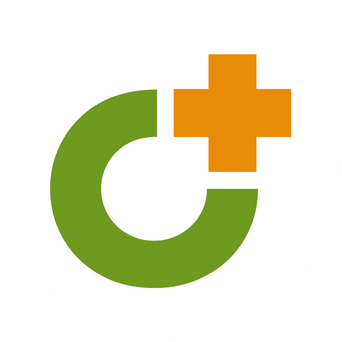Why SIS and Student Health Systems Should Be Separate
5 min read | Published March 5, 2024
Why SIS and Student Health Systems Should Be Separate
5 min read | Published March 5, 2024

By DocNetwork

By DocNetwork

By DocNetwork
Introduction
In the digital age, K-12 schools, particularly private and independent institutions, have increasingly adopted electronic systems to manage various aspects of school operations. Among these, the SIS and EHR (Electronic Health Record) systems are pivotal. While the propensity is to try to select a SIS that contains built-in functionality similar to an EHR, there are compelling arguments for maintaining them as separate entities, but set up so that data can be shared between the two.
This article explores the rationale behind the latter approach, especially relevant for IT leaders navigating these decisions.
Enhanced Data Security and Privacy
One of the primary considerations for keeping SIS and student health management systems separate is data security. The integration of various data systems can create a single point of failure, making it a lucrative target for cyber-attacks. By keeping systems separate, schools can mitigate the risk of a comprehensive data breach. This is particularly crucial for student health management systems that contain sensitive health information like medication needs, which require stringent protection measures. A breach in such data can have far-reaching implications for student privacy and the school’s reputation.
Specialized Reporting
Different systems often come with their own set of reporting capabilities. For instance, some states may have mandatory reporting laws that require schools to report communicable diseases to public health agencies. Can that information be ‘separated’ from other personally identifiable information? The consolidation of multiple systems could lead to complex compliance and reporting landscapes, making it challenging to ensure that all individual parts meet their respective legal & regulatory standards.

Focused Functionality and Expertise
Systems designed for specific functions are typically developed by specialists in that field. Any student health management system dedicated to health records management will likely offer more robust functionality than a general SIS. This specialization also extends to the staff operating these systems. Expecting staff to manage an integrated system can dilute expertise and decrease efficiency.
Administrative Autonomy
Separate systems can allow different departments, such as academic administration and health services, to operate with greater autonomy. They can tailor each software’s use e.g. access privileges to their specific needs without affecting other departments. This autonomy can lead to more efficient and specialized management within each domain.
Risk of Over-Reliance on a Single Platform
A single, consolidated system could lead to over-reliance, where a failure in one part could disrupt multiple school operations. Separate systems provide a form of operational redundancy, ensuring that a problem in one system does not incapacitate the other.
Considerations for Integration
While there are strong arguments for keeping systems separate, it’s important to recognize the benefits of consolidated systems. They can offer streamlined data management and improved communication between departments. Therefore, the decision should be based on a balanced assessment of the school’s specific needs and resources.
Risks of Consolidation
Combining SIS and student health management systems can lead to data overload and potential mismanagement. A single system can become a more attractive target for cyber attacks, increasing the risk of data breaches. Also, reliance on a single vendor for both functionalities can be risky if the vendor fails to provide adequate support or updates.
Conclusion
While system consolidation offers its set of advantages, separate SIS and student health management systems often provide more significant benefits in terms of security, compliance, and specialized functionality. IT leaders in K-12 private and independent schools should carefully evaluate their specific needs and resources before making a decision. This assessment should consider the unique dynamics of their school environment, the sensitivity of the data involved, and the overall cost-benefit analysis of consolidation versus separation.
Let’s chat about implementing a dedicated EHR at your school!
Let us show you why over
1,250 programs nationwide
choose SchoolDoc.
Schedule a Demo Today!




